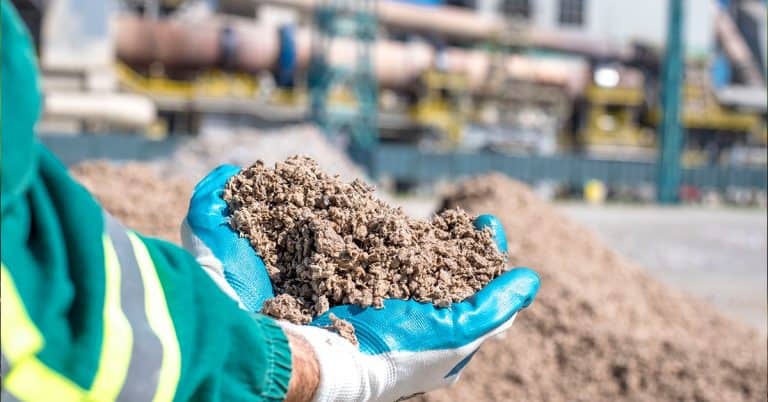The cement industry is vital to the construction sector, and its impact on the environment cannot be overlooked. Cement manufacturing is one of the main sources of carbon dioxide (CO2) emissions, accounting for about 7% of total global CO2 emissions. As nations around the world work to reduce their carbon footprint, attention is turning to carbon capture technologies and their potential in the cement industry. Learn more about the application of carbon capture in the cement industry, as well as the potential technologies, challenges, and opportunities for reducing emissions.
The potential of carbon capture technology in the cement industry
With increasing concern about climate change around the world, reducing emissions has become an important topic globally. One of the significant carbon-emitting industries is the cement industry, and carbon capture can be one of the strategies for reducing emissions.
It’s worth noting that carbon capture technology is becoming increasingly useful as companies try to reduce their carbon footprint. In this context, carbon capture, utilization, and storage (CCUS) are essential in the fight against climate change, and the cement industry is one of the main targets.
There are several carbon capture technologies in development, including oxyfuel cement kilns, calcium looping, and membrane separation.
Oxyfuel cement kilns are currently considered the most promising technology for carbon capture and storage in the cement industry. In an oxyfuel cement kiln, pure oxygen is introduced into the kiln instead of air to increase the concentration of CO2 in the exhaust, making it easier to capture.
However, the technology is still in its early stages and requires further research and development. Capturing CO2 from the cement manufacturing process is only the first step. The next step is finding a way to use or store the captured CO2. One option is to use the CO2 captured in the cement manufacturing process to make valuable products.
Injecting CO2 into depleted oil and gas reservoirs is another storage option; however, this raises concern about the possibility of leaks. Storing CO2 in underground formations such as saline aquifers is another possible solution that has gained interest in recent years.
But what are the main challenges and opportunities that implementing carbon capture technologies in the cement industry brings?
The main challenges of implementing carbon capture in the cement industry
One of the main challenges in implementing carbon capture technology in the cement industry is the high cost. The cost of carbon capture and storage has been a major barrier to the widespread commercial application of the technology.
Additionally, the large scale of cement production makes it challenging to find storage sites for the collected carbon dioxide, and transporting the carbon dioxide can also be costly.
However, as technology advances and costs decrease, carbon capture will become a viable option. The recently established Norwegian CCS Research Centre and Canada’s Clean Resource Innovation Network are examples of research institutions that aim to accelerate the development of carbon capture technology.
Another challenge in the cement industry is the lack of incentives and policies for carbon capture and storage. Governments around the world are implementing policies to incentivize the reduction of greenhouse gas emissions by offering tax credits, subsidies, and grants.
However, these policies often fail to account for the high cost of carbon capture and storage, which puts cement companies at a disadvantage when compared to industries that emit fewer greenhouse gases.
Despite the challenges, carbon capture in the cement industry presents many opportunities. If the captured carbon dioxide is used in other industrial processes such as creating fuel or producing chemicals, it can generate additional revenue.
Additionally, investing in carbon capture technology could position cement companies to meet future emissions targets, preventing the need for more significant changes and costs in the future.
Carbon capture technology is crucial reduce CO2 emissions by cement industry, thus helping mitigate climate change
To conclude, reducing carbon dioxide emissions in the cement industry is crucial in the fight against climate change. Carbon capture technology offers a promising solution for reducing emissions.
While there are still challenges to overcome, the development of carbon capture and storage technologies offers significant opportunities to cement manufacturers and the environment.
The cement industry has a crucial role to play in the transition to a clean and sustainable future, and carbon capture technology will be a key defining factor for the survival of the industry in the years ahead.

